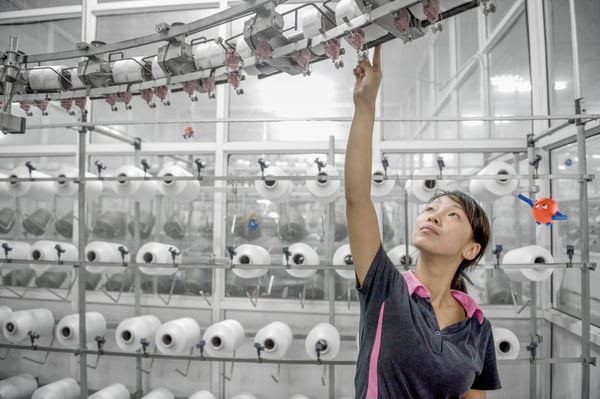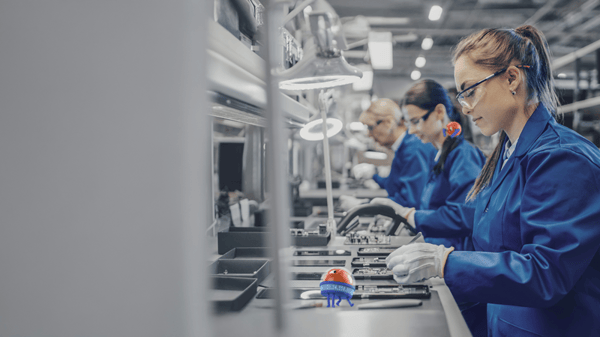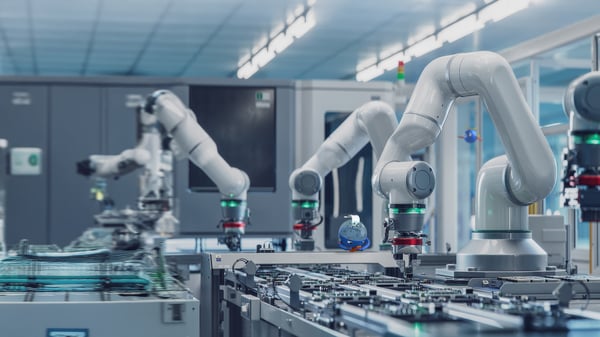Case Studies
Gather insight, read success stories, and more to jumpstart your digital transformation.
Filter by:
Industries
Departments
Topics
Products
Regions


Featured
Case Study
How Bank ABB is building a modern banking workforce through automation
Discover how Bank ABB is building a modern banking workforce through UiPath automation, choosing enterprise-grade reliability, scalability & visionary leadership.


Featured
Case Study
Bricks, mortar, and bots: Travis Perkins nails it with Intelligent Automation
Learn how Travis Perkins teamed up with Robiquity and UiPath to enhance productivity, efficiency, and customer service through intelligent automation.


Featured
Case Study
Driving transformation in healthcare with Intelligent Automation
Learn how Asklepios Kliniken uses intelligent automation to streamline healthcare operations, reduce manual work, improve employee satisfaction and drive efficiency across the orga...


Featured
Case Study
Automating pediatric NHS referrals with "Ada"
Discover how CCS NHS Trust uses "Ada," a digital worker powered by UiPath, to automate pediatric referrals and streamline data input from GP submissions.


Featured
Case Study
State Street: Revolutionizing banking reliability through test automation
Experience State Street's cutting-edge asset management. Automation boosts reliability and productivity while freeing up teams for vital tasks.


Featured
Case Study
Deluxe is redefining financial efficiency with AI and automation
Learn how Deluxe is redefining efficiency and enhancing process management by streamlining operations and promoting innovation.


Case Study
Empowering creative freedom: how Tapestry automation redefines employee roles
Explore Tapestry's journey to operational efficiency through SAP automation. Discover how this luxury fashion leader streamlined processes and reaped significant benefits.

Case Study
From 27 days to 12 hours—how the VA reinvented claims processing
Discover how ATOM, a new managed service automation platform powered by UiPath, is transforming the U.S. Department of Veteran Affairs with faster, smarter operations for staff and...


Case Study
Pioneering AI-powered automation transformation in Real Estate
Discover how Shriram Properties teamed up with UiPath and Catnip Infotech to digitally transform real estate and challenge the industry's manual processes.


Case Study
Johnson Controls is unlocking substantial savings with intelligent automation
Explore Johnson Controls' journey to greater savings with smart automation. Learn how they are revolutionizing transaction processing and achieving cost efficiency

Case Study
AGS Health revolutionizes operations with AI and machine learning
Discover how AGS Health optimizes workflow with UiPath AI and automation, increasing efficiency, enhancing security, and transforming healthcare document processing. Experience red...


Case Study
WEX is streamlining operations and boosting satisfaction with automation
WEX leverages UiPath Autopilot to automate repetitive tasks, enhancing service delivery. It propels scalability into new areas, optimizing processes for amplified customer satisfac...
